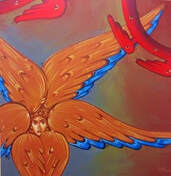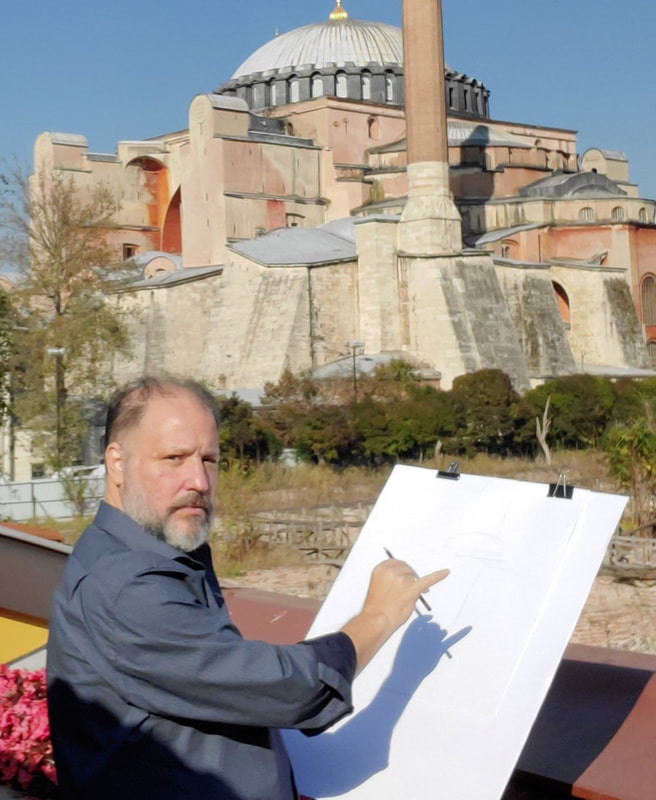
Here are some key points about the St. Andrew Monastery in Rizokarpaso:
Cyprus’ history marked by religious and ethnic tensions, including instances of religious persecution, particularly between the Greek Cypriot and Turkish Cypriot communities. Here's an overview of the historical context:
Throughout Cyprus' history, there have been incidents of tension and conflict between different religious and ethnic groups, including cases of religious discrimination and persecution. However, it's important to note that the situation is complex, and not all periods have been characterized by religious persecution. In recent years, there have been efforts towards reconciliation and dialogue between the communities, though the issue of Cyprus remains a subject of ongoing political and international debate.
It's important to note that historical events can be complex and have multiple perspectives. The Istanbul Pogroms are a significant event that underscores the challenges of maintaining peaceful coexistence within diverse societies and the importance of understanding historical context when discussing such events. They started with attitudes like Mehmet Erol Muavili. So much so, the occupied North’s Minister of Interior, Dursun Oğuz released the following statements:
Hopefully, this anemic statement will suffice to suppress any potential Turkish reactions that could escalate incidents in occupied Cyprus and beyond. The "Minister" missed an opportunity to remind Muslims, in Islam, there are strong prohibitions against religious abuse, slander, and disrespect towards religious figures, beliefs, and practices. These prohibitions are rooted in the teachings of the Quran, the Hadith (sayings and actions of the Prophet Muhammad), and the broader principles of Islamic ethics.
Here are some key aspects of these prohibitions:
Ultimately, the emphasis in Islam is on fostering understanding, tolerance, and respectful dialogue between individuals of different faiths or perspectives. Muslims are encouraged to engage in productive discussions while upholding the principles of mutual respect and avoiding any form of religious abuse or insult.
Certainly, there are some Quranic verses and Hadiths (sayings and actions of their Prophet Muhammad) that emphasize the prohibition against religious abuse and disrespect:
Quranic Verses:
“Pursue peace with all people, and holiness, without which no one will see the Lord…” Hebrews 12:14Comments are closed.
|
Most Popular Posts
Archives
October 2024
Categories
All
Αγιογράφος
Ηλίας Δαμιανάκης Άρχων Μαΐστωρ της Μεγάλης του Χριστού Εκκλησίας AuthorBy the Grace of God Archon Elias Damianakis has ministered in the study of Holy Iconography since 1980. In his biography you can read about Elias' life and on his portfolio page you can see where he has rendered some of his hand painted iconography or visit the photo galleries to see some of his work. There is a complete list of featured articles, awards and testimonials which you can visit, as well as a list of notable achievements here below. Please contact Elias for more information or suggestions for this website, thank you and God Bless. |
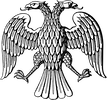
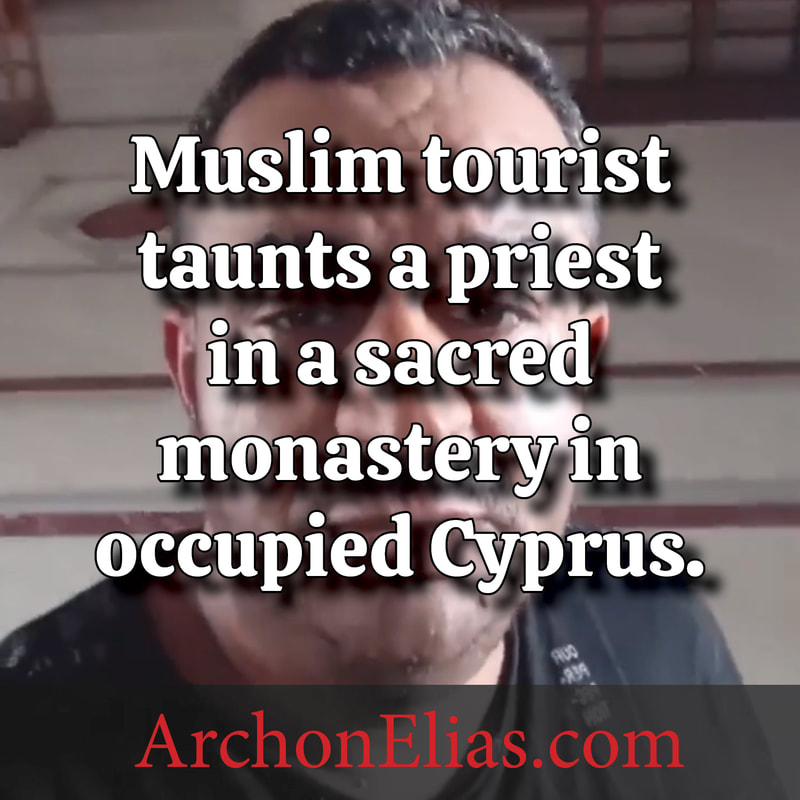



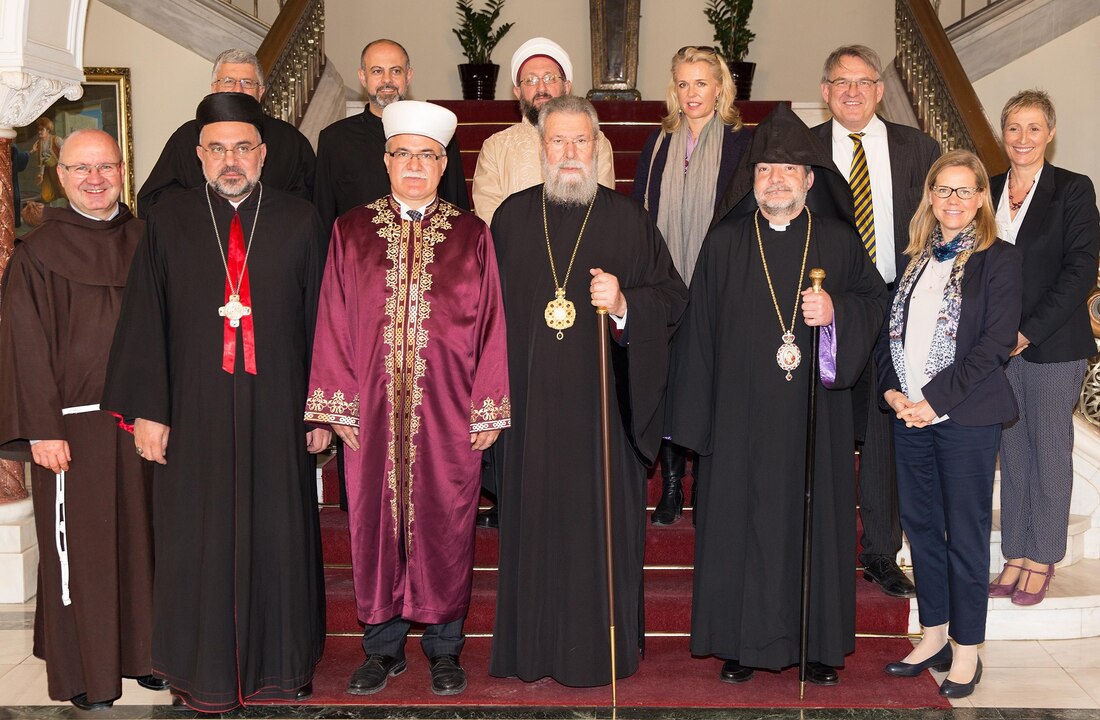
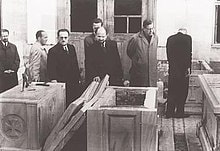

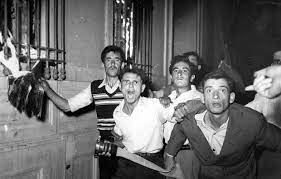
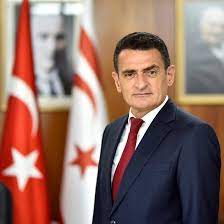




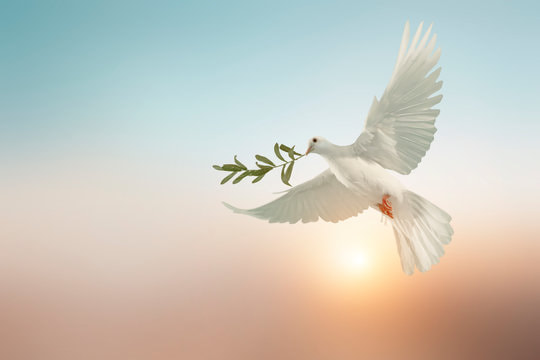

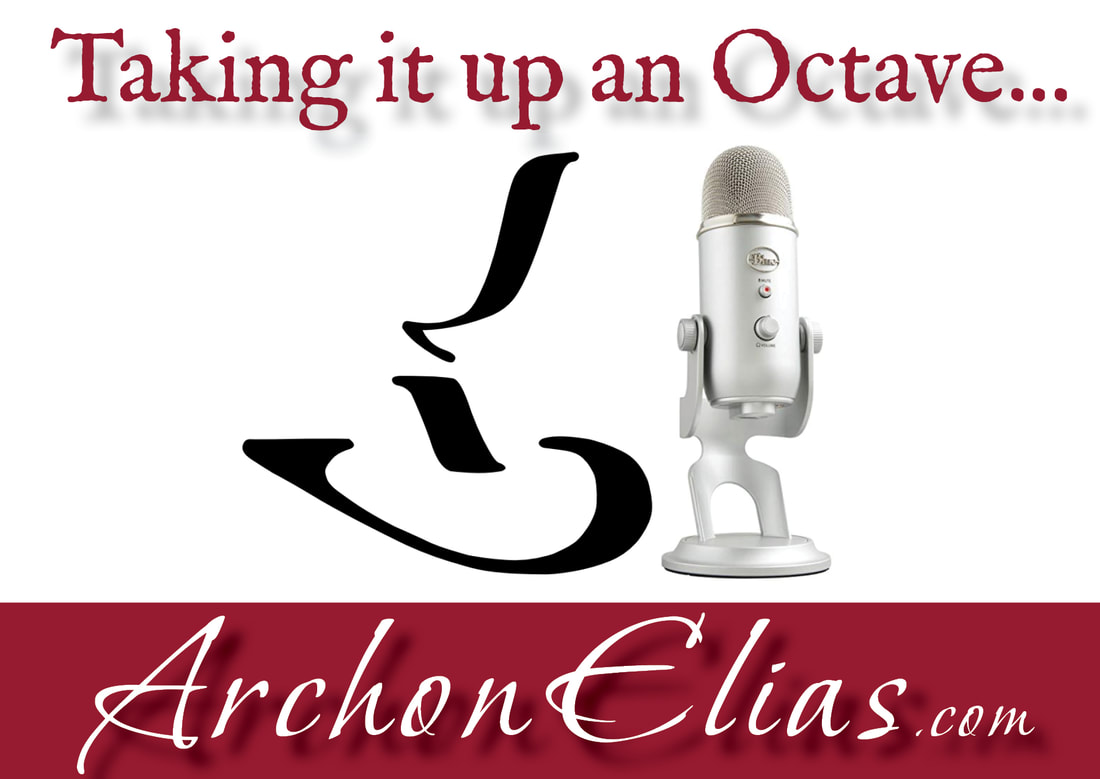
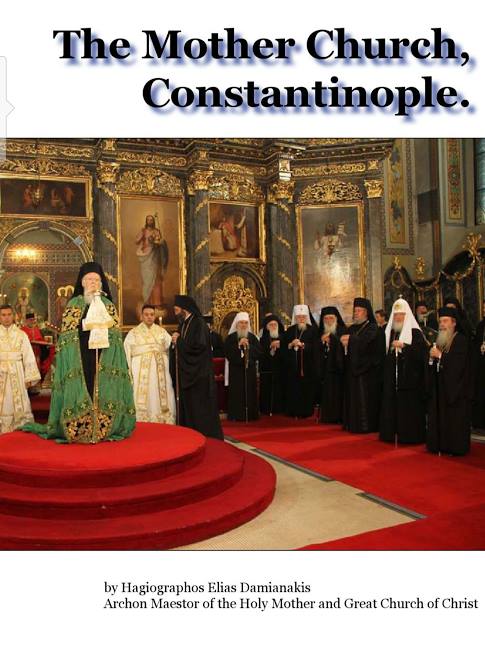
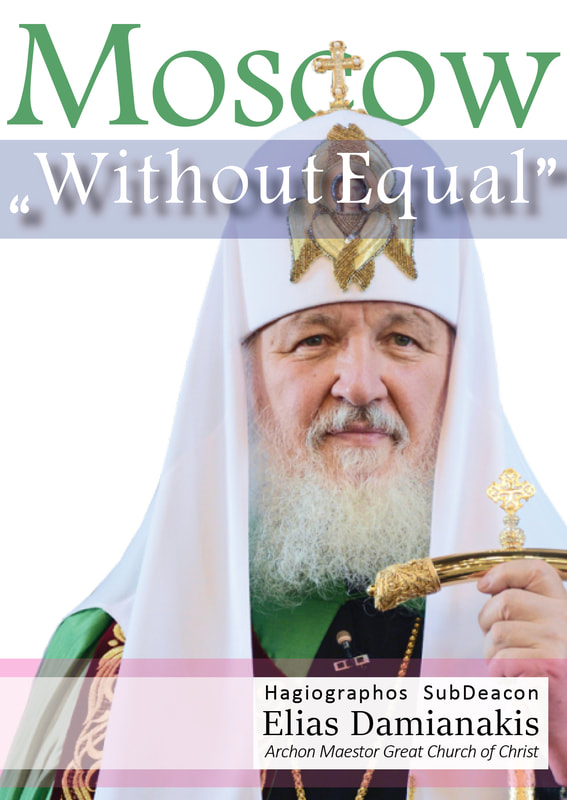
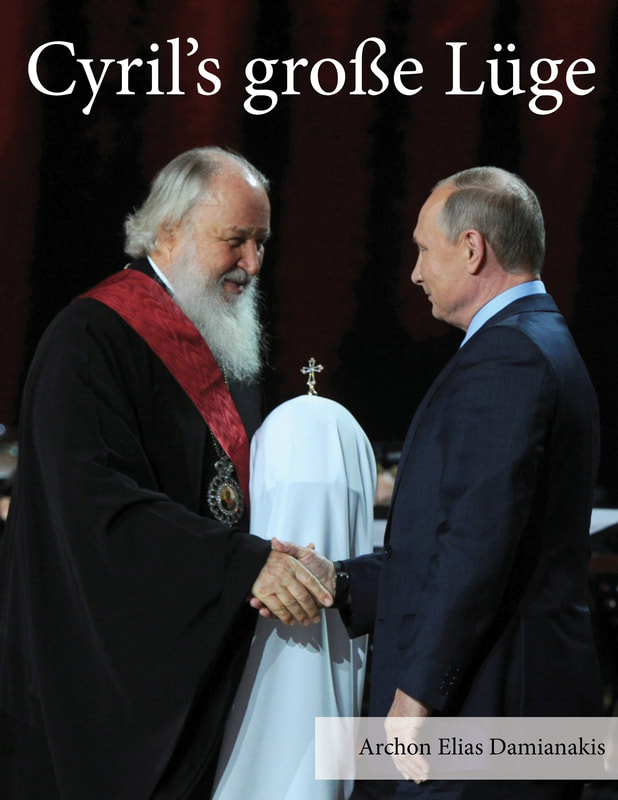
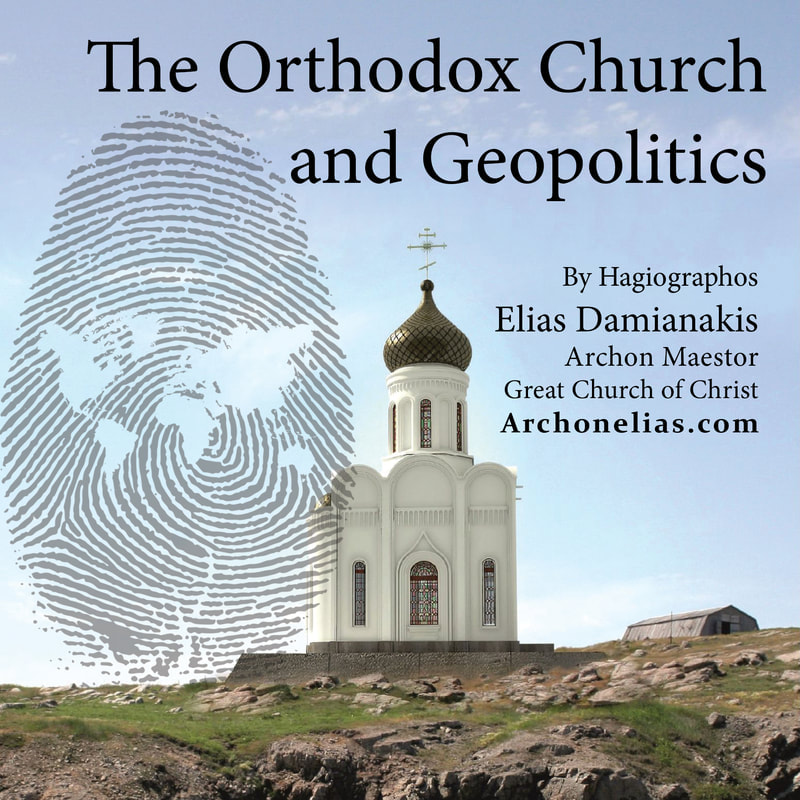
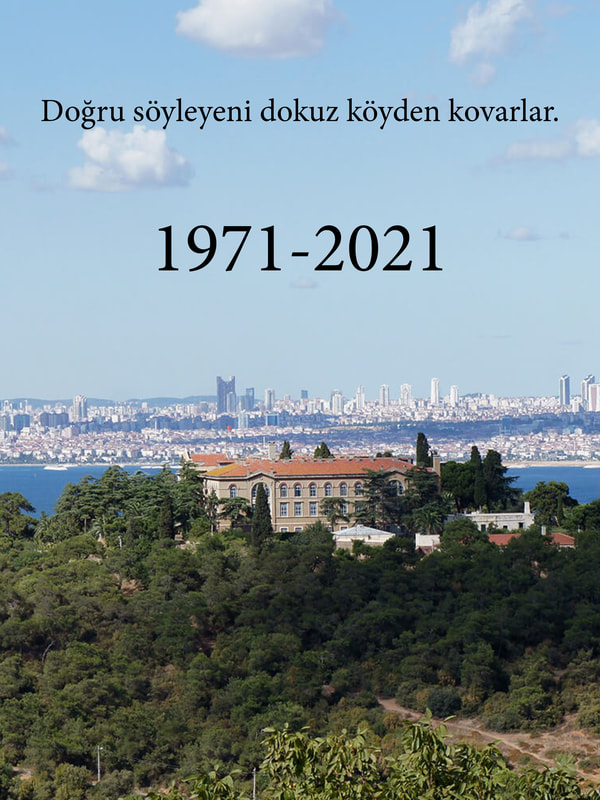
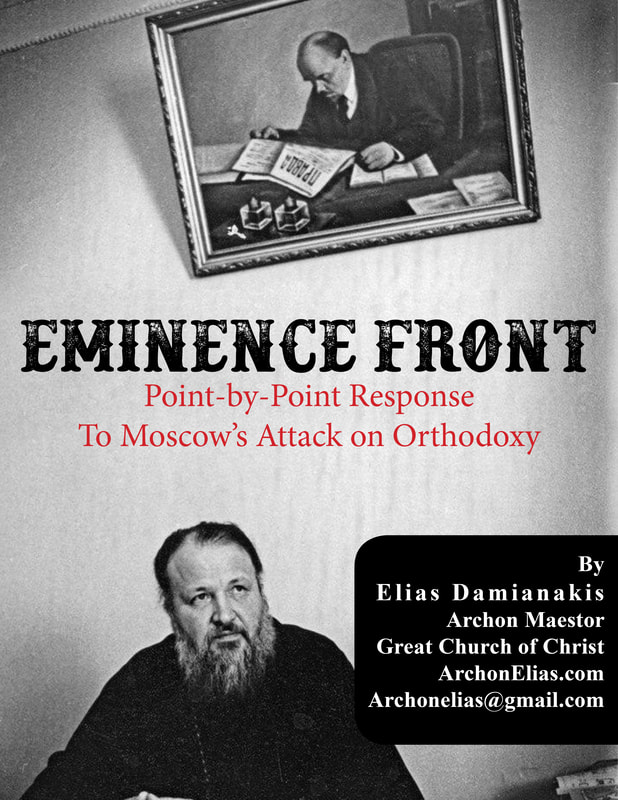
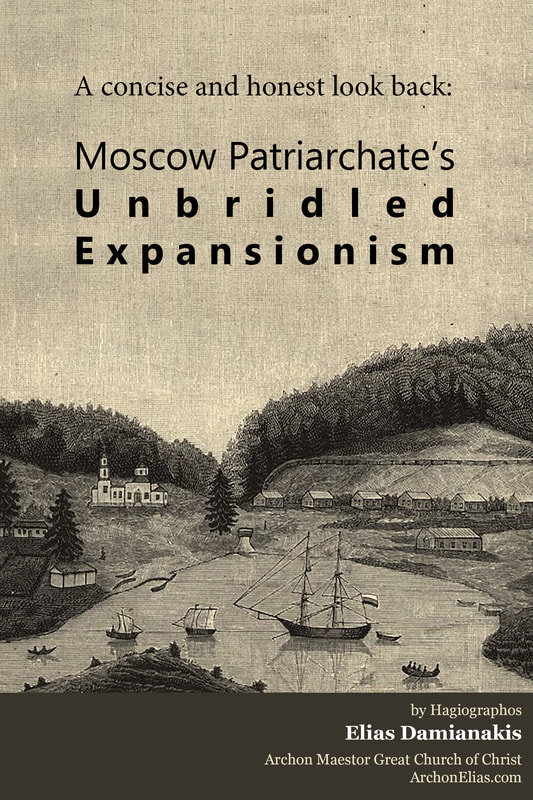
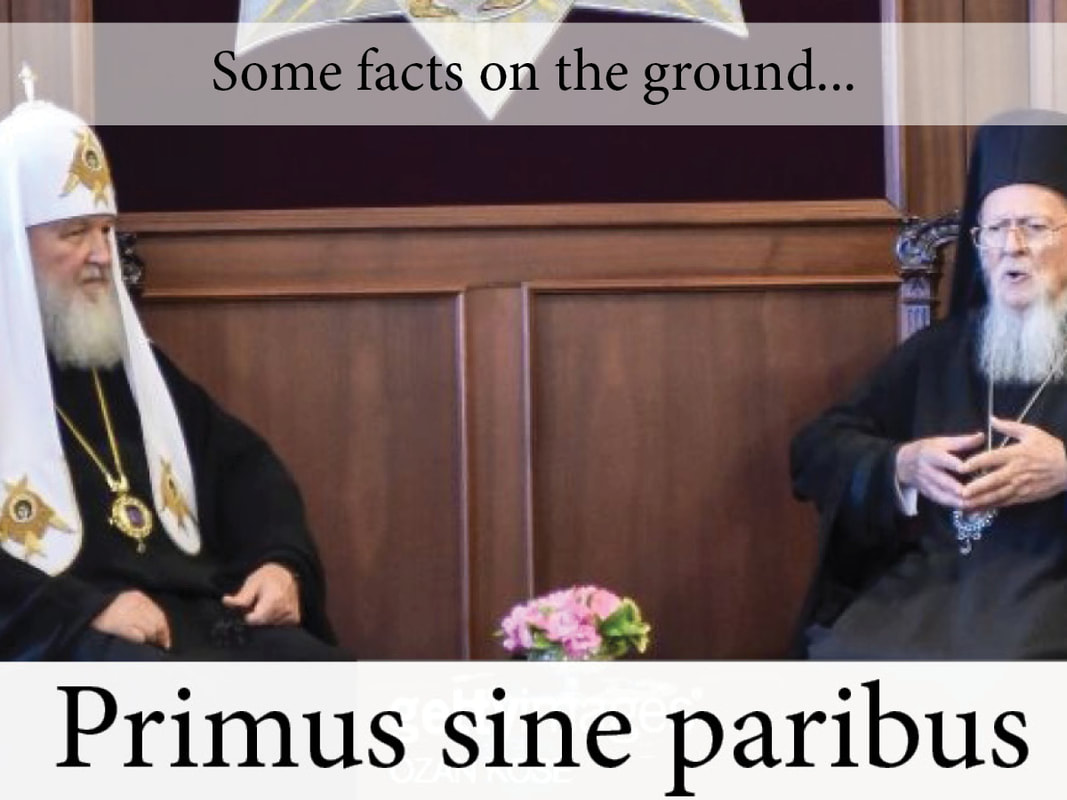
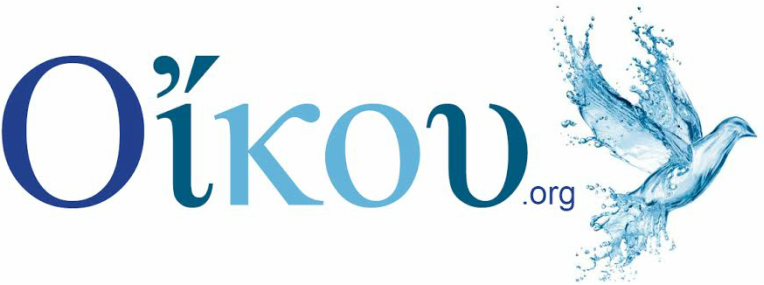
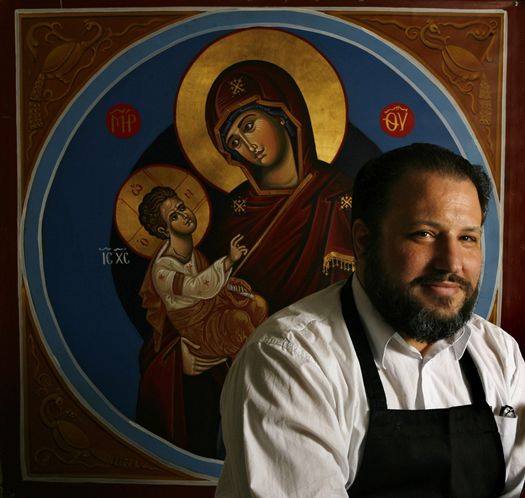
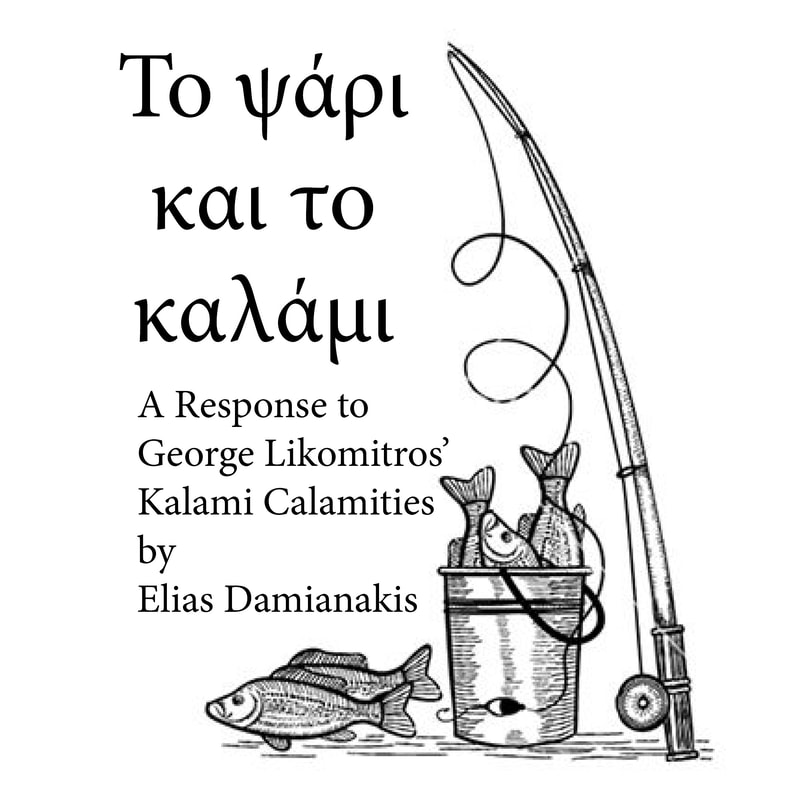
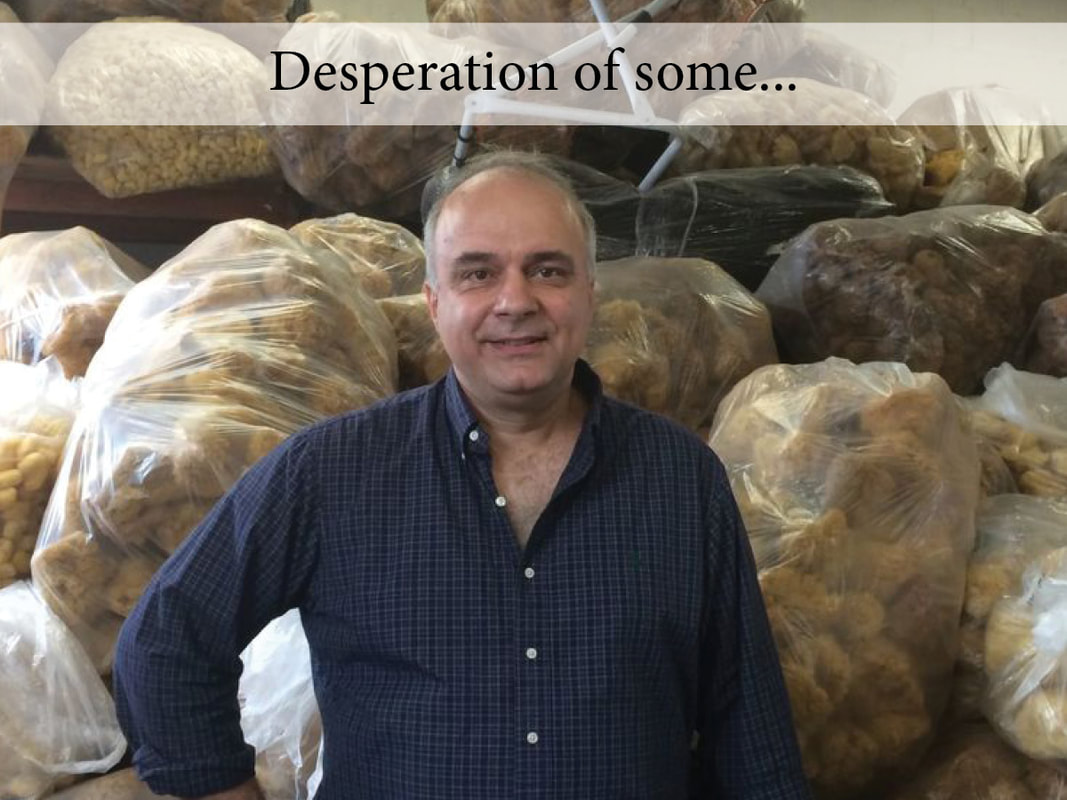
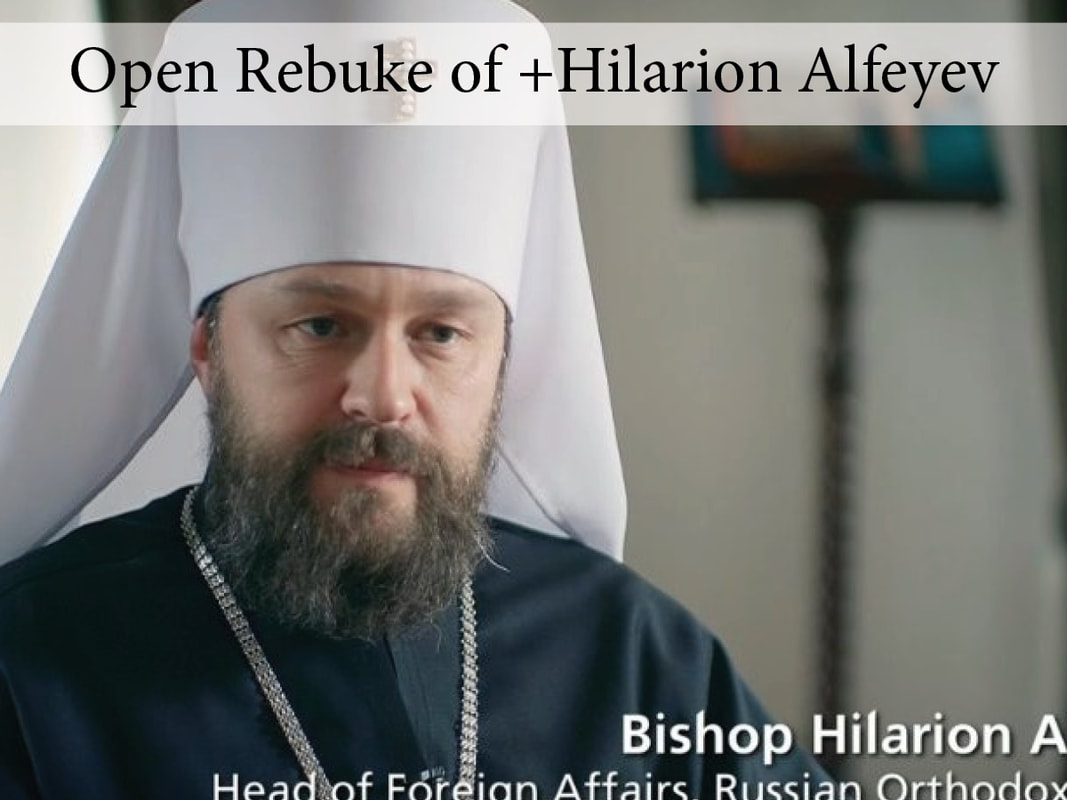
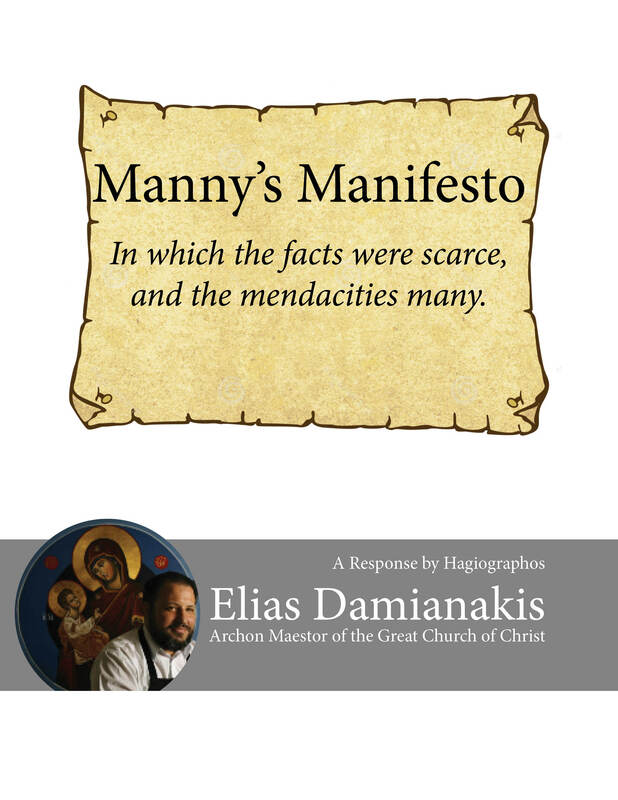
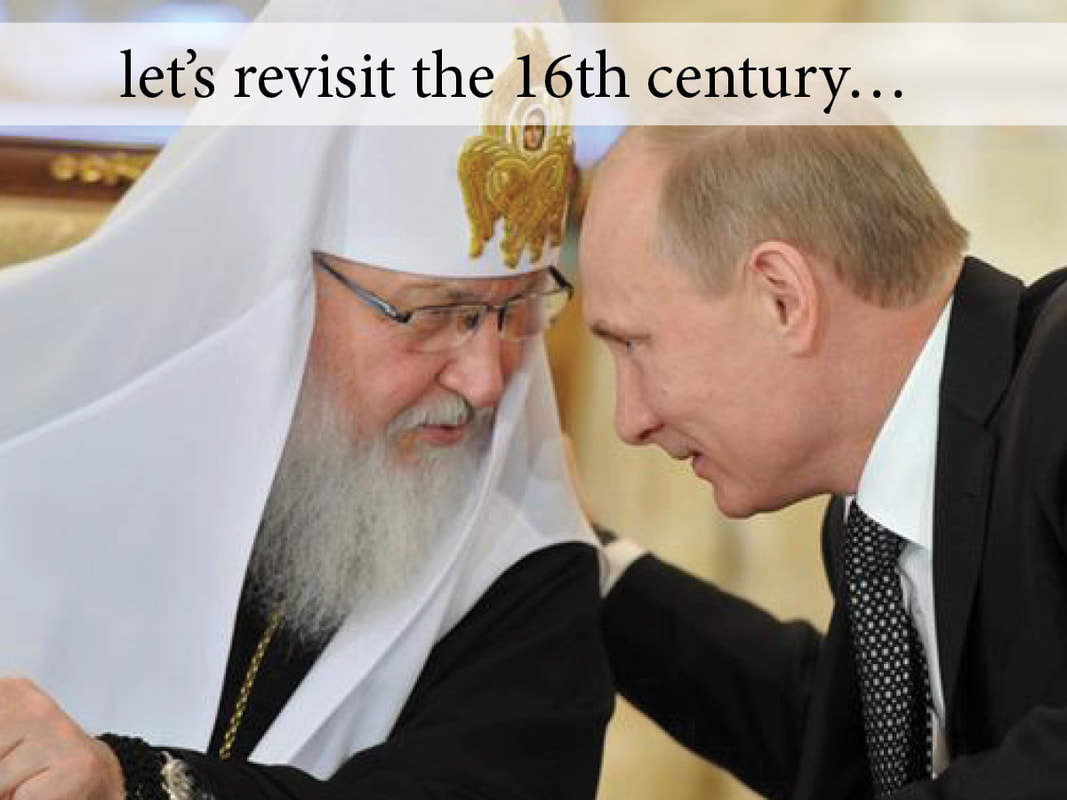
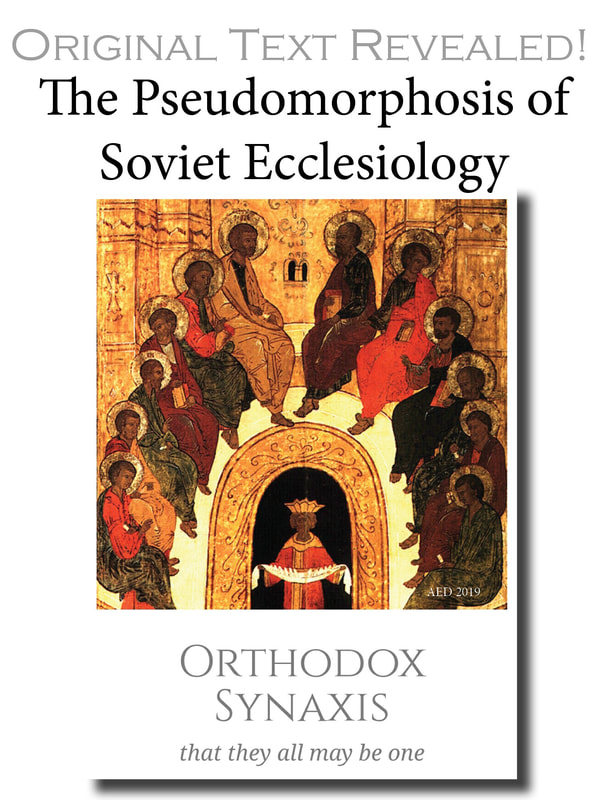
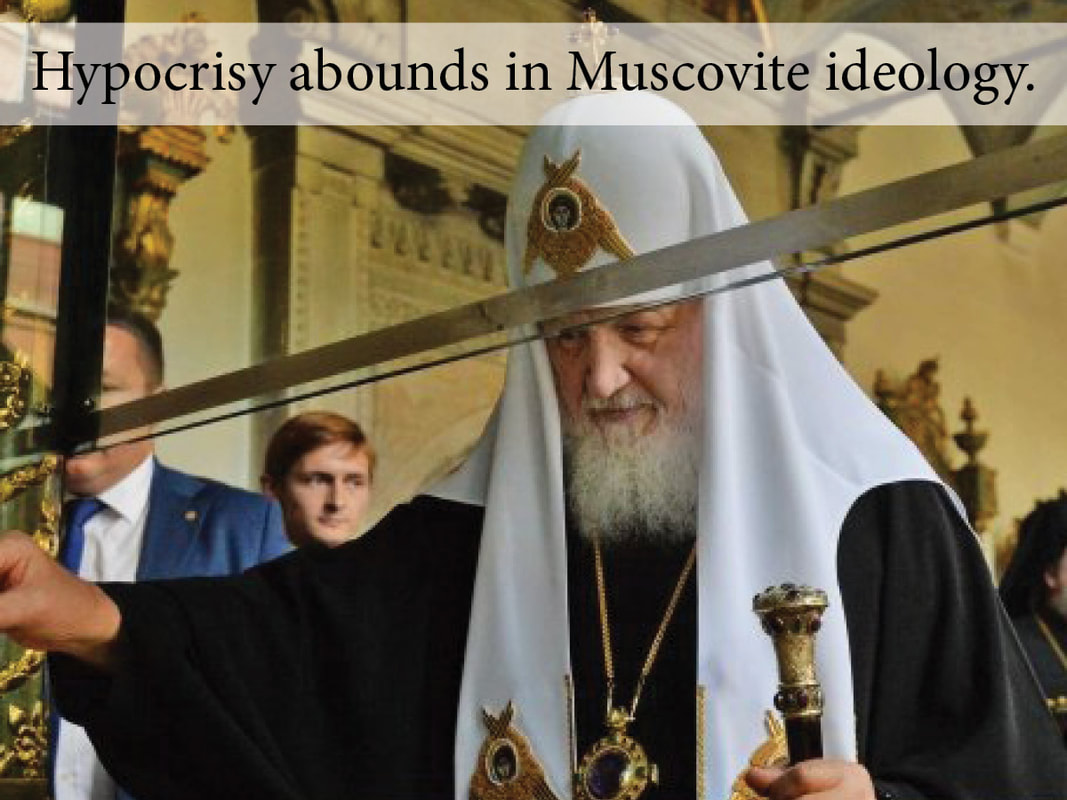
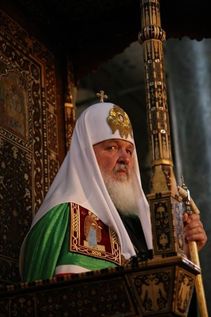
 RSS Feed
RSS Feed
